site search
online catalog
COLONEL SAMUEL COLT PRESENTATION REVOLVERS OF MAJOR GENERAL NATHANIEL P. BANKS
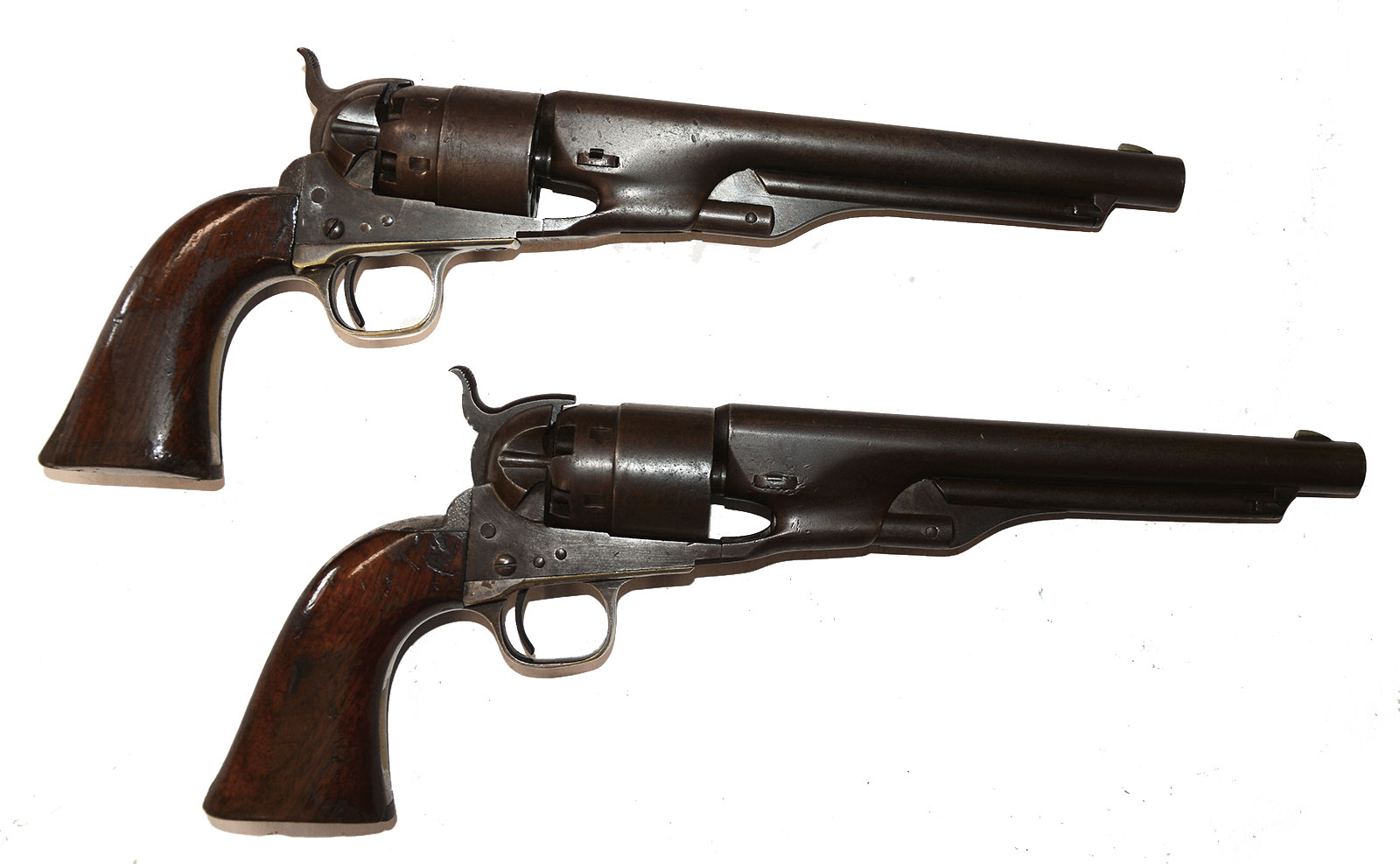
Hover to zoom

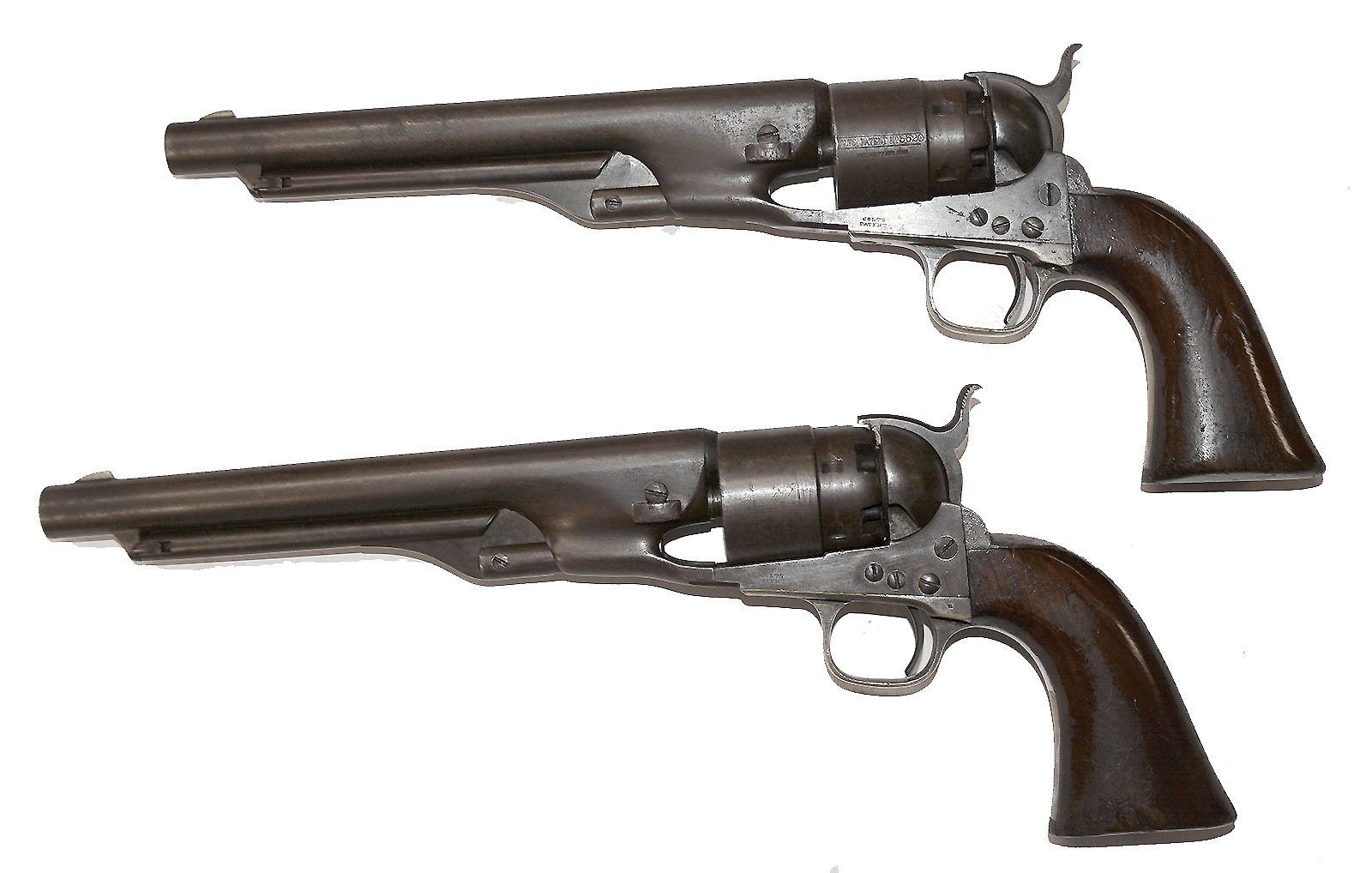
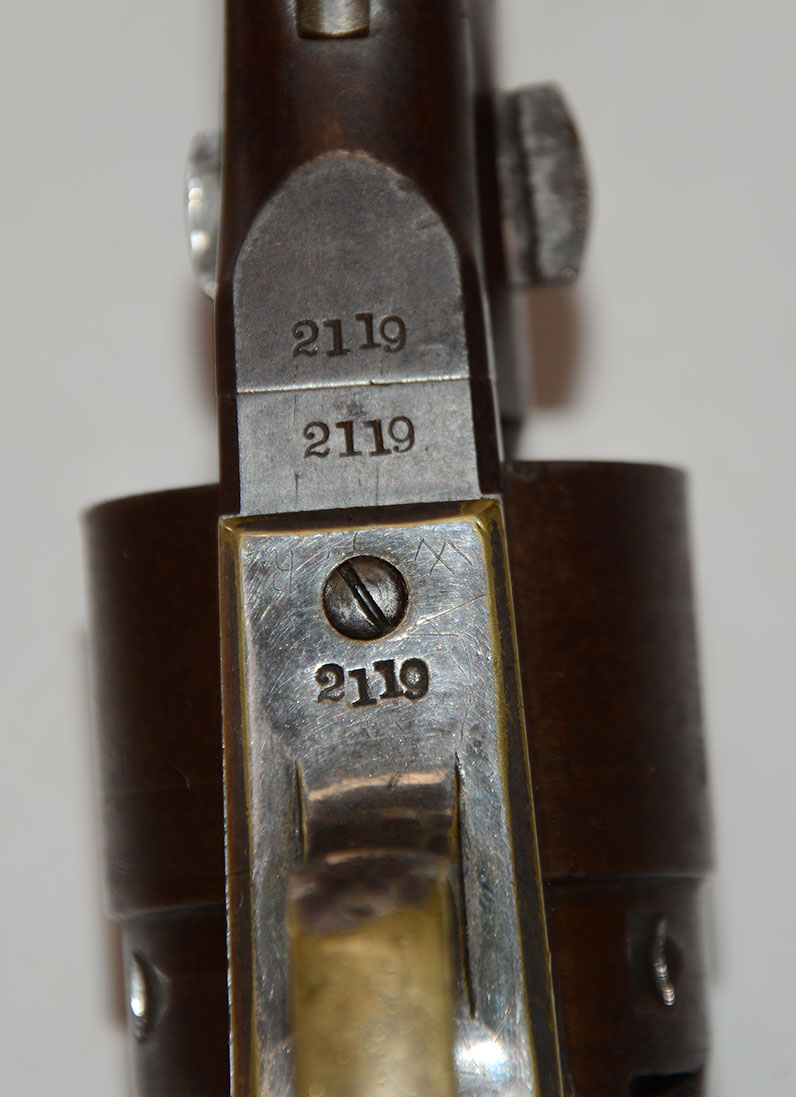
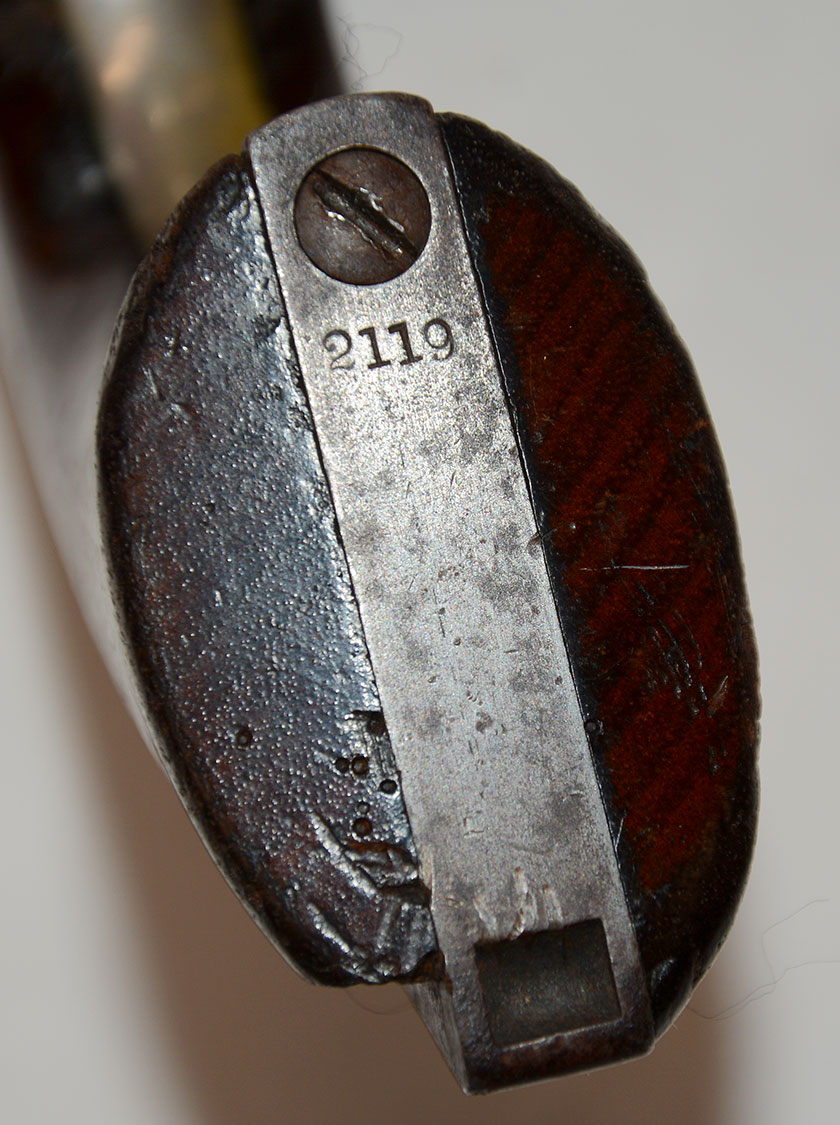

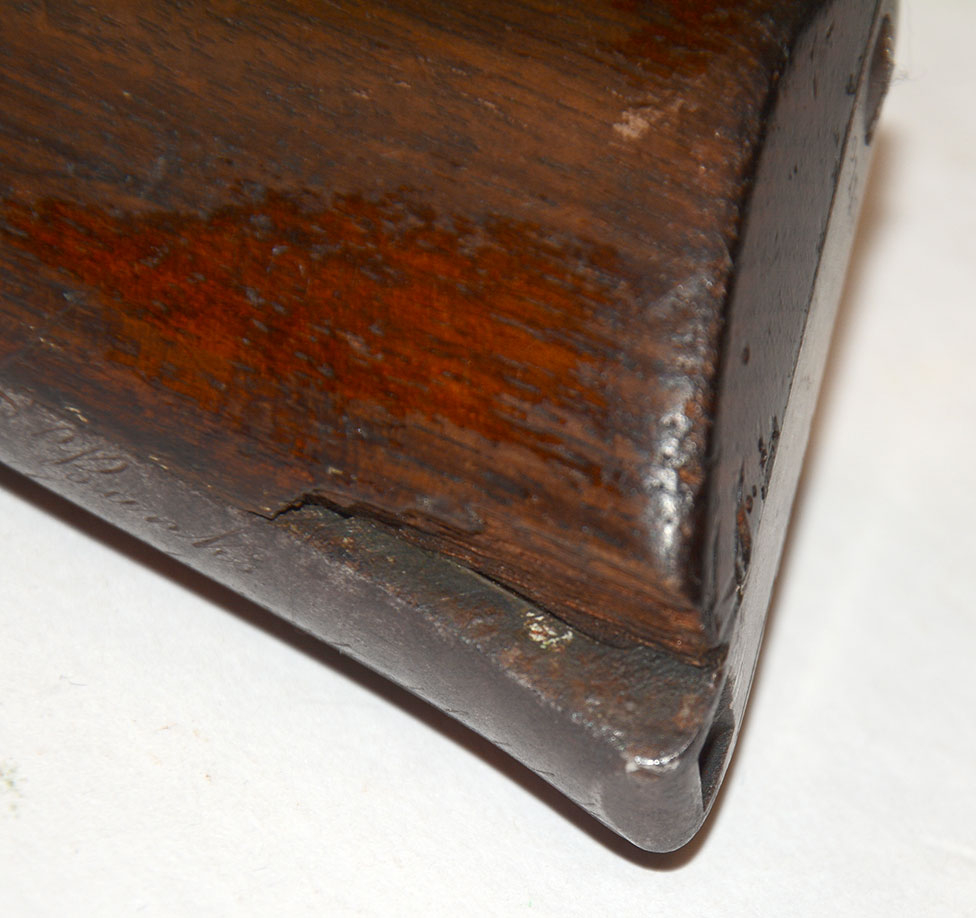
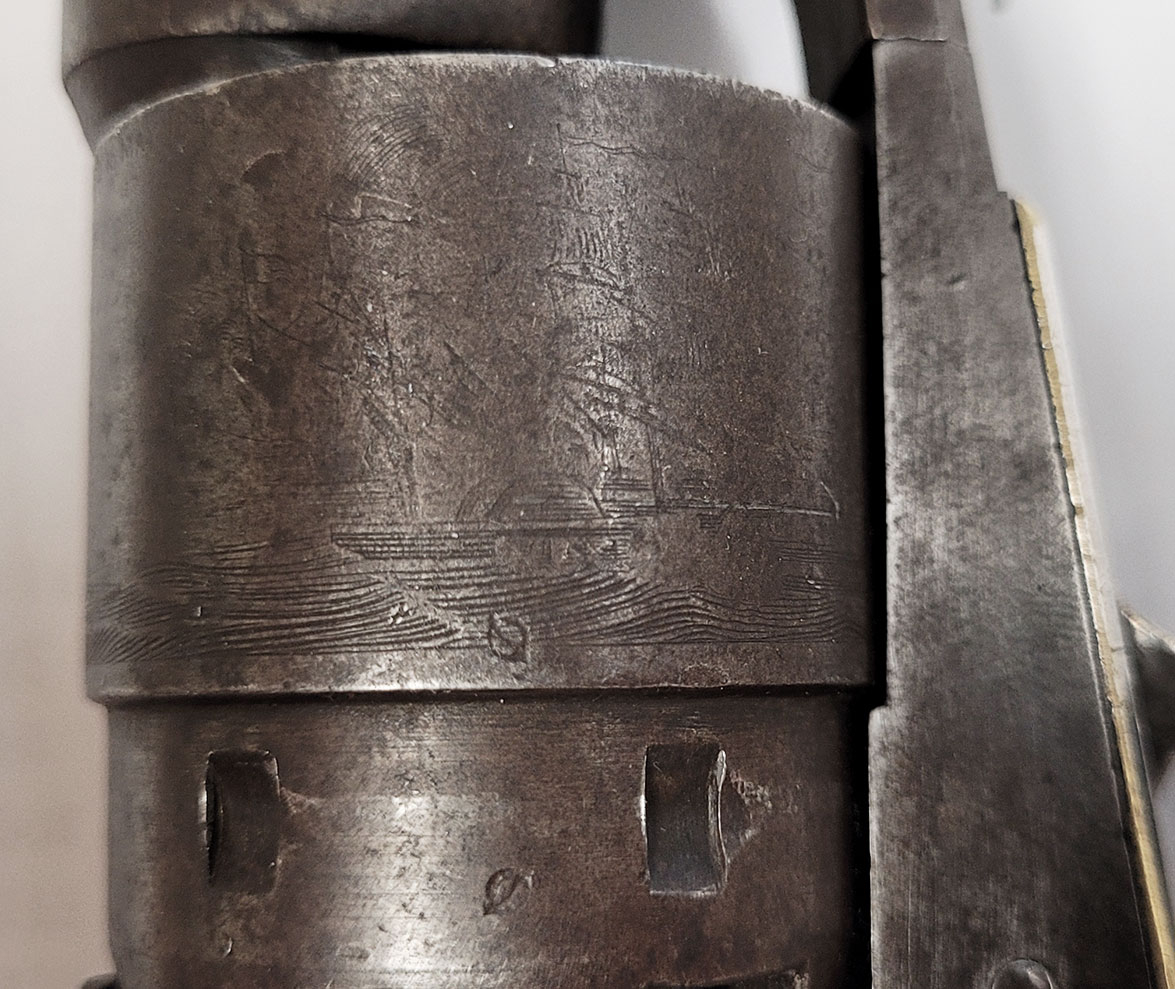
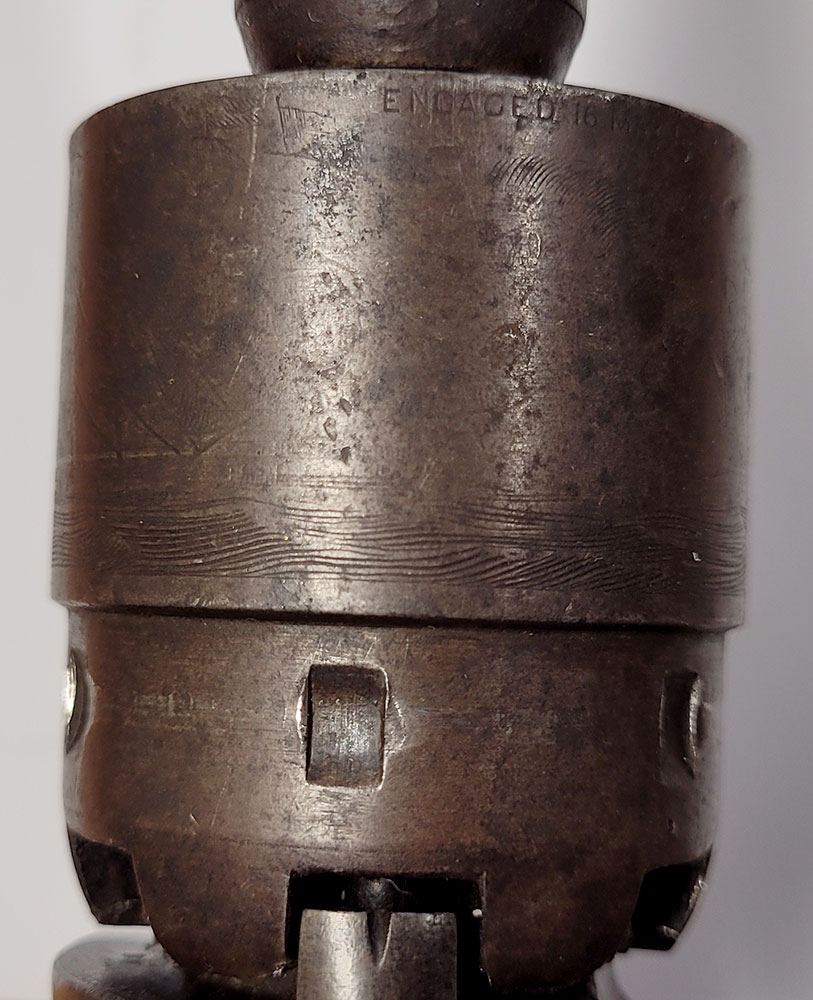
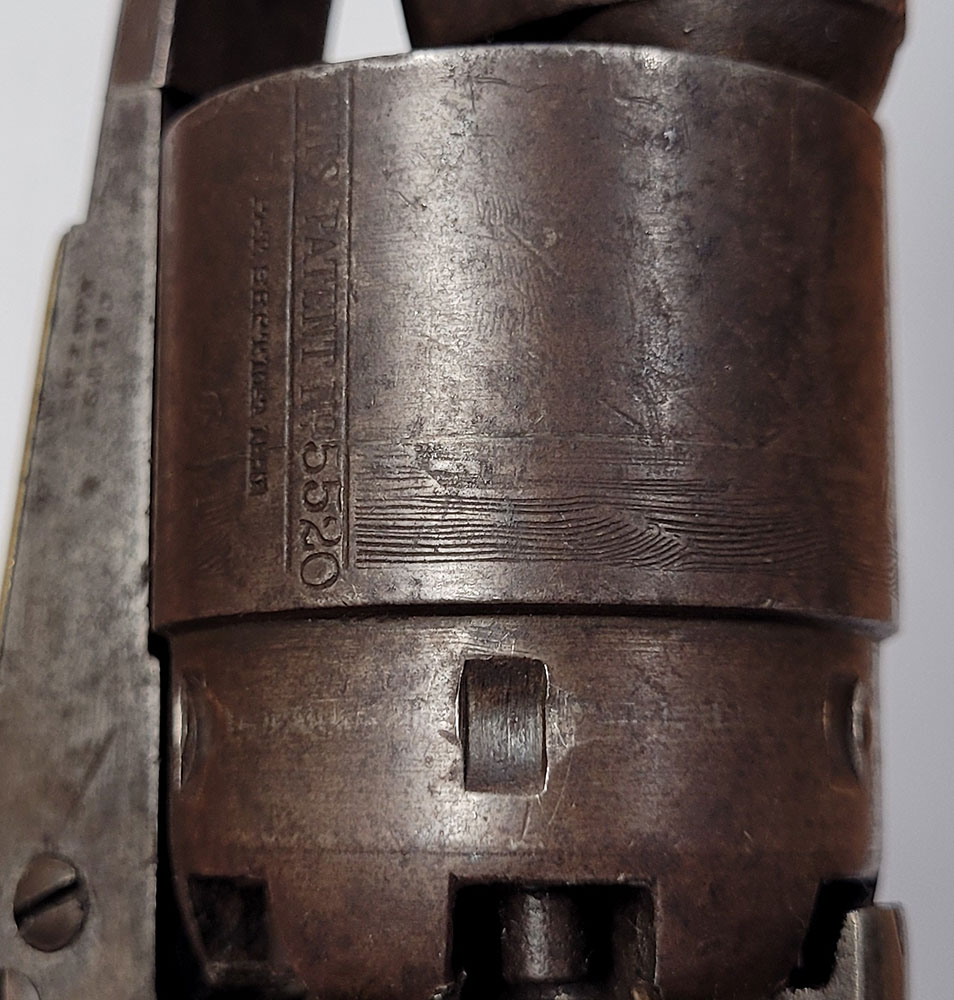
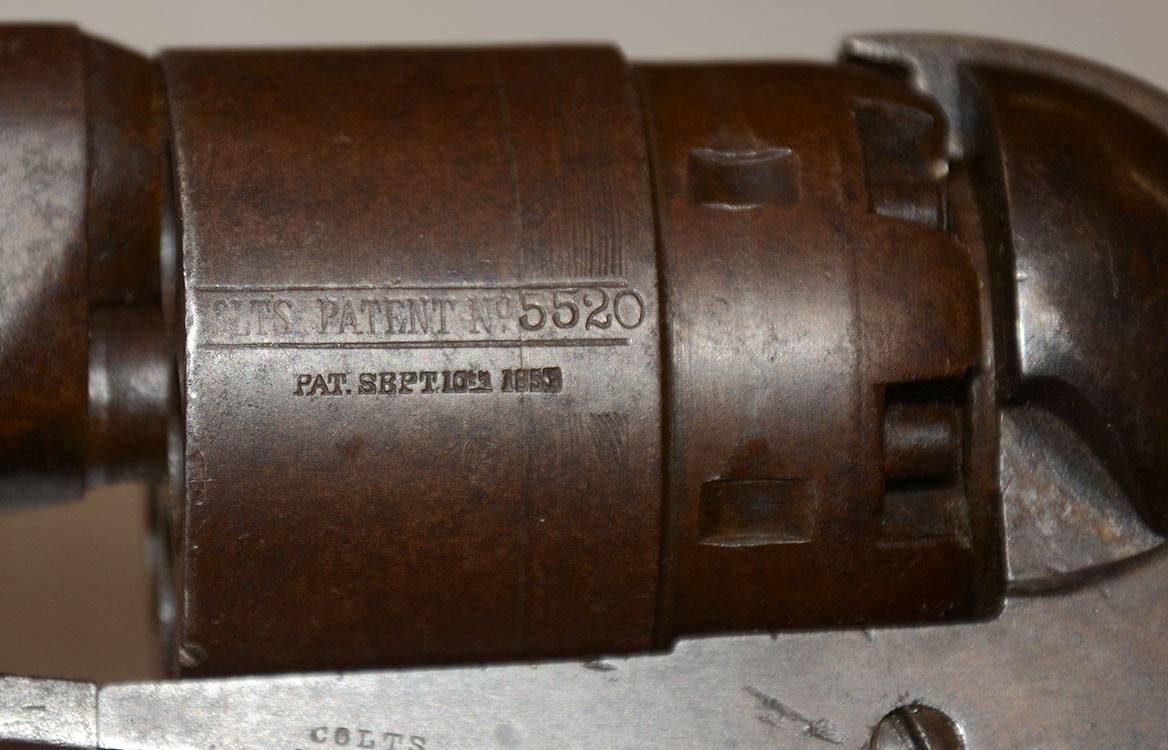
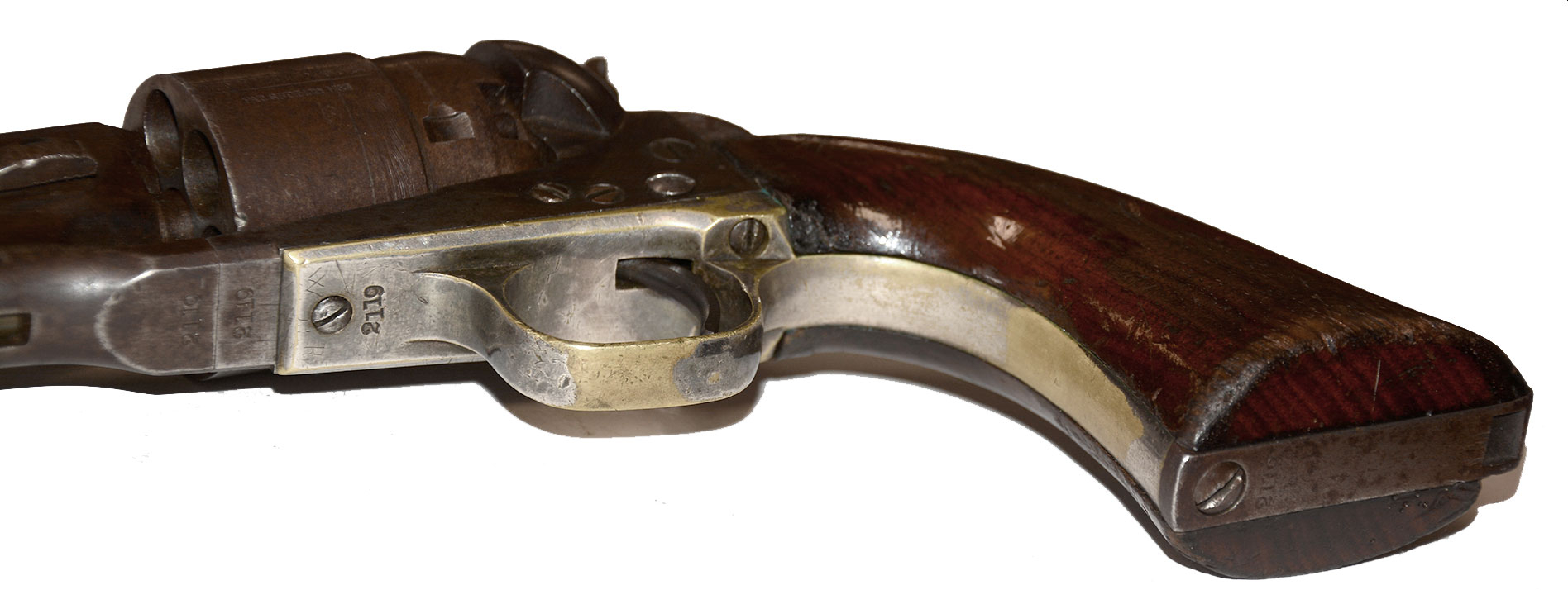
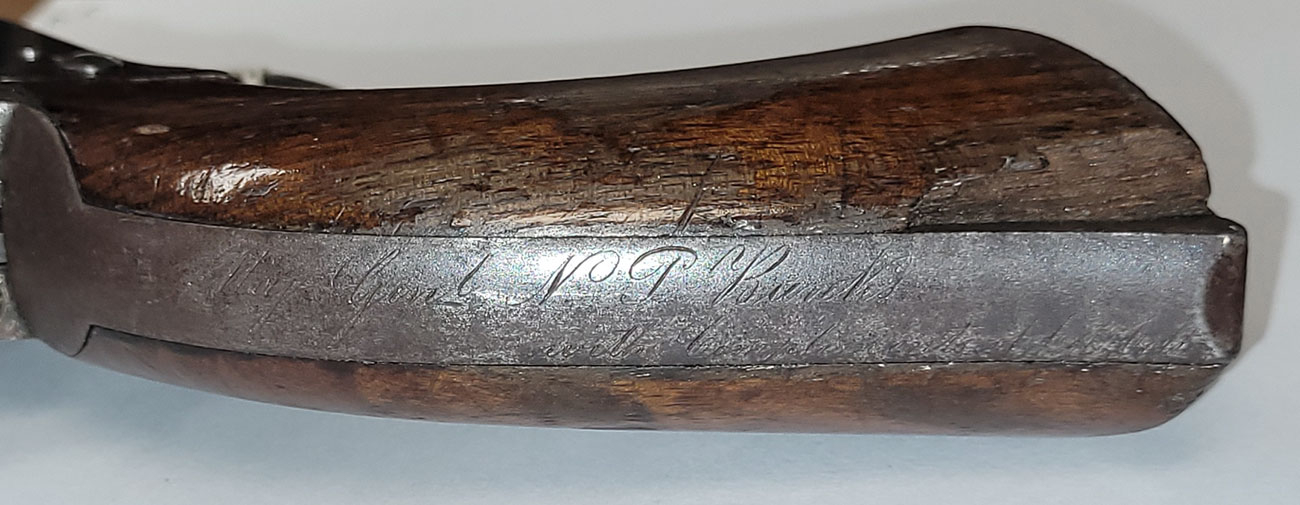
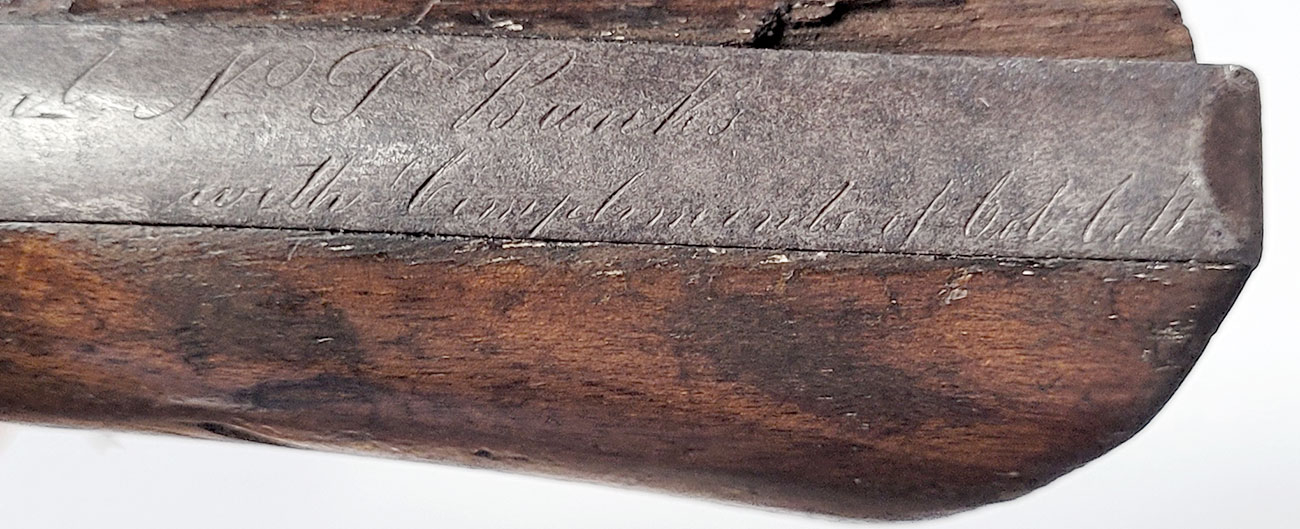
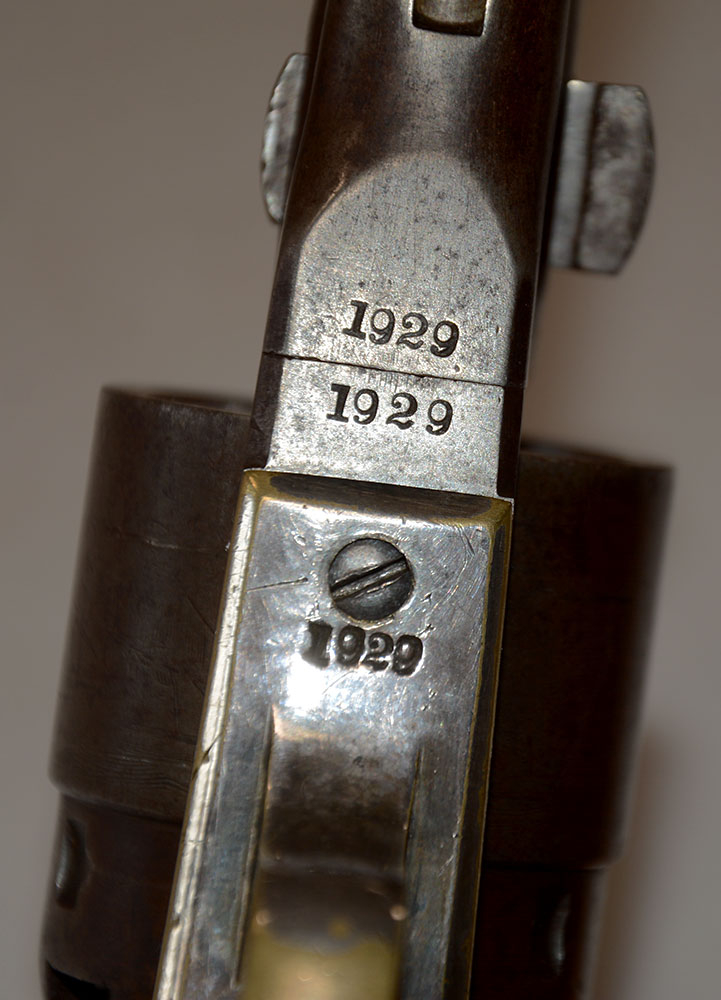
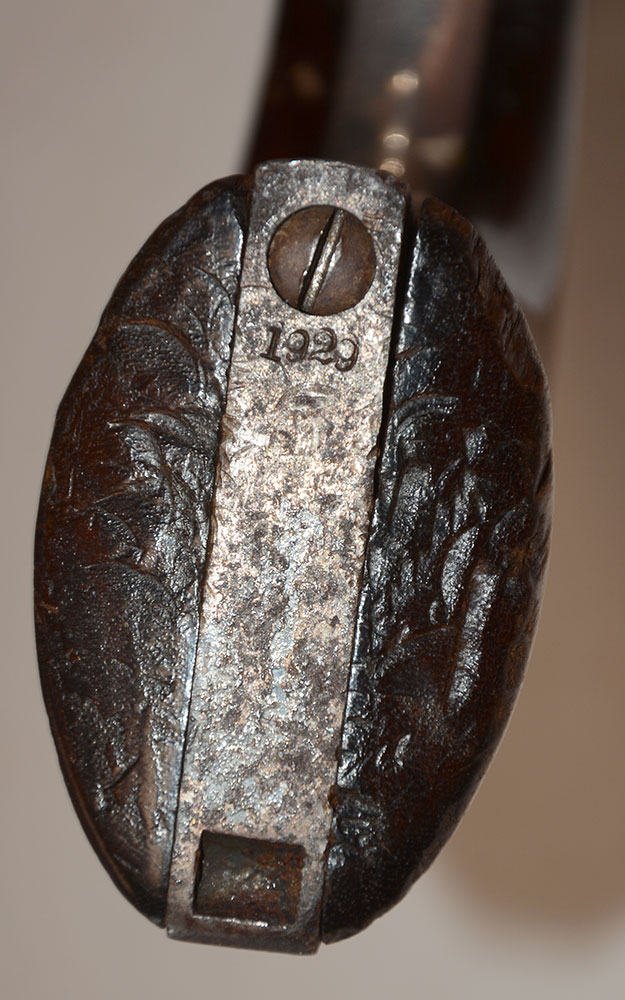
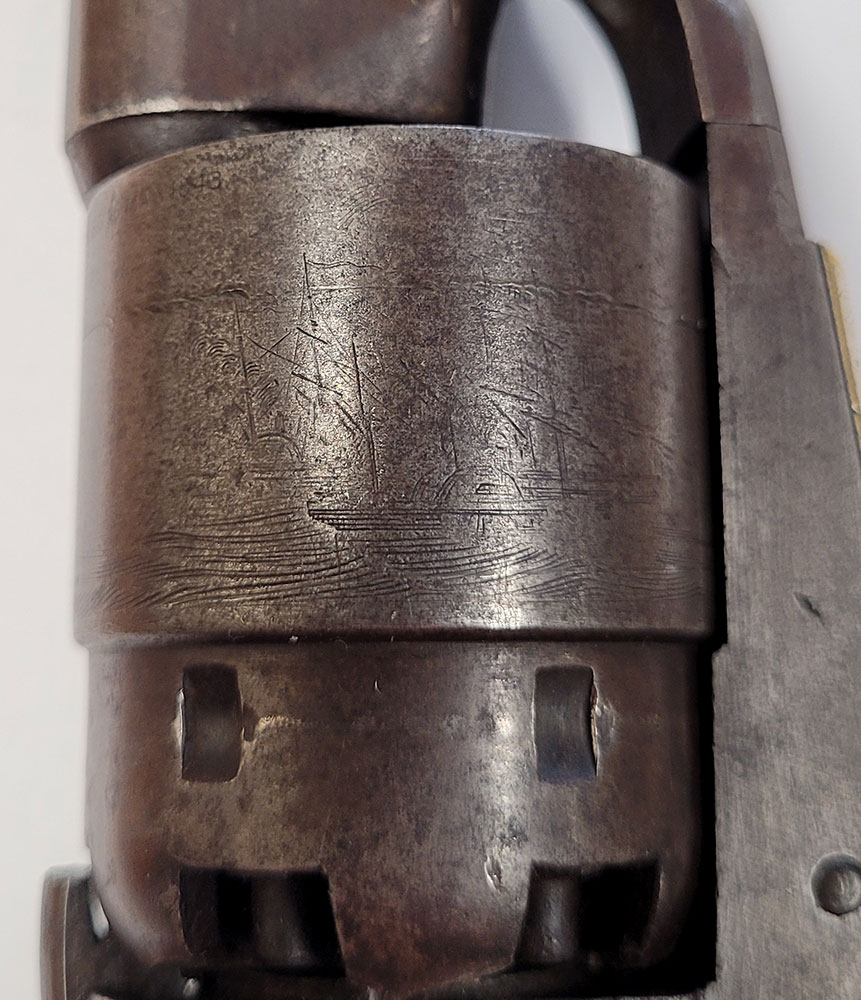
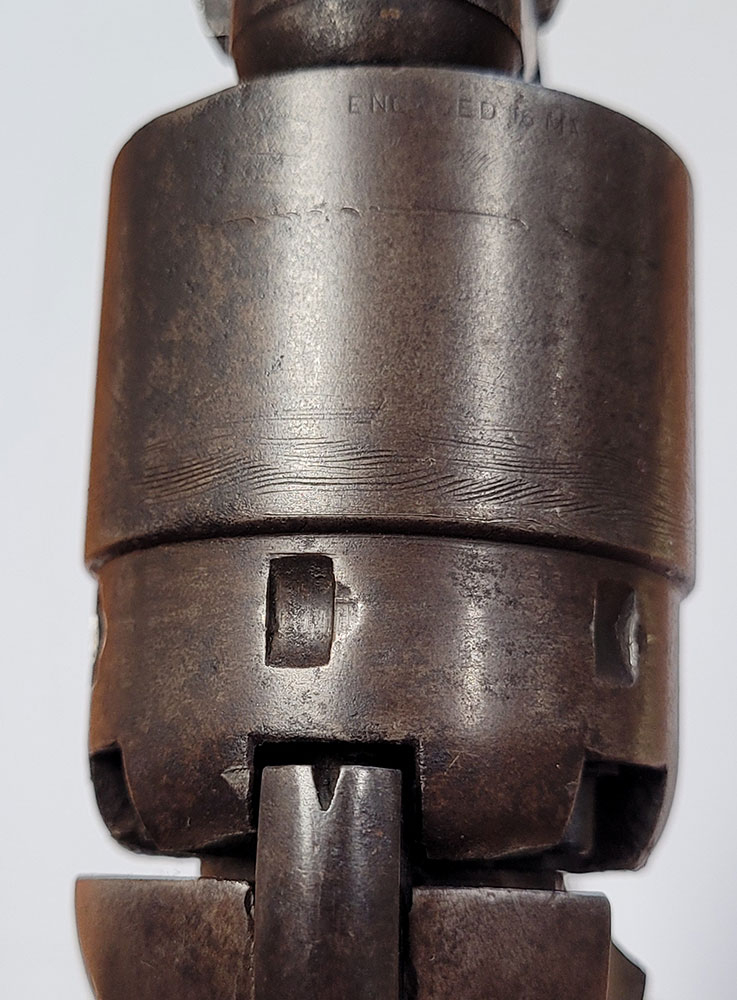
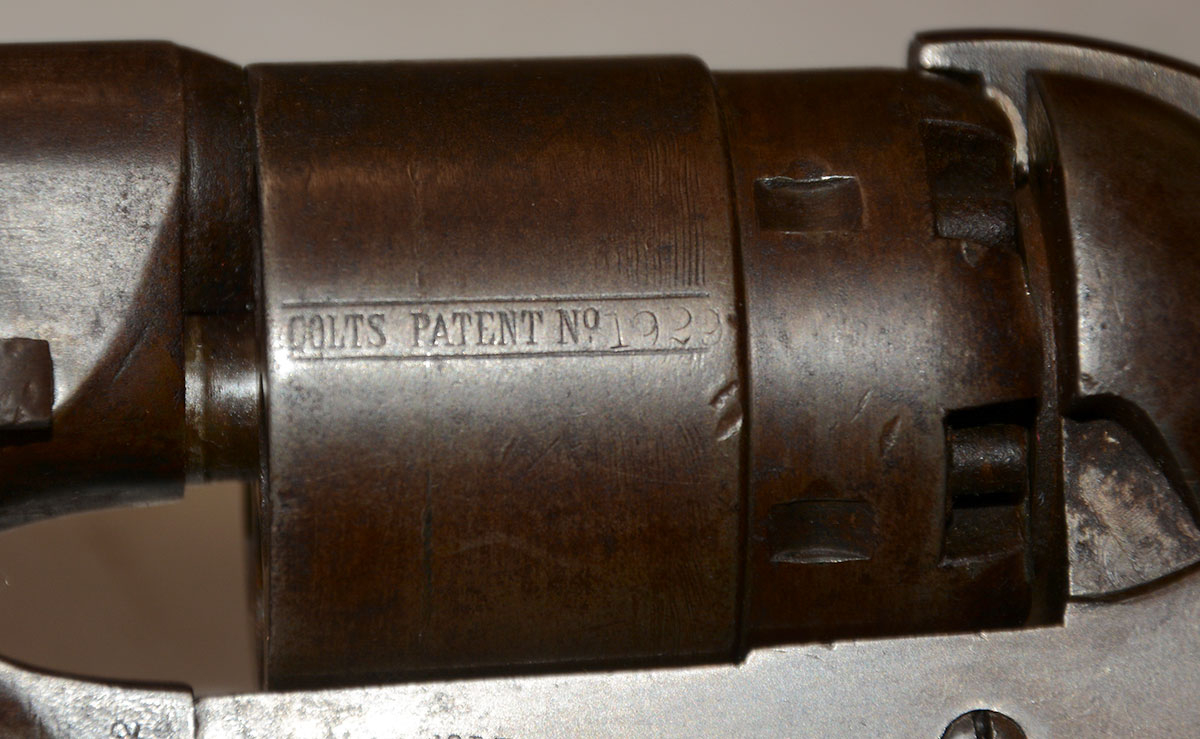

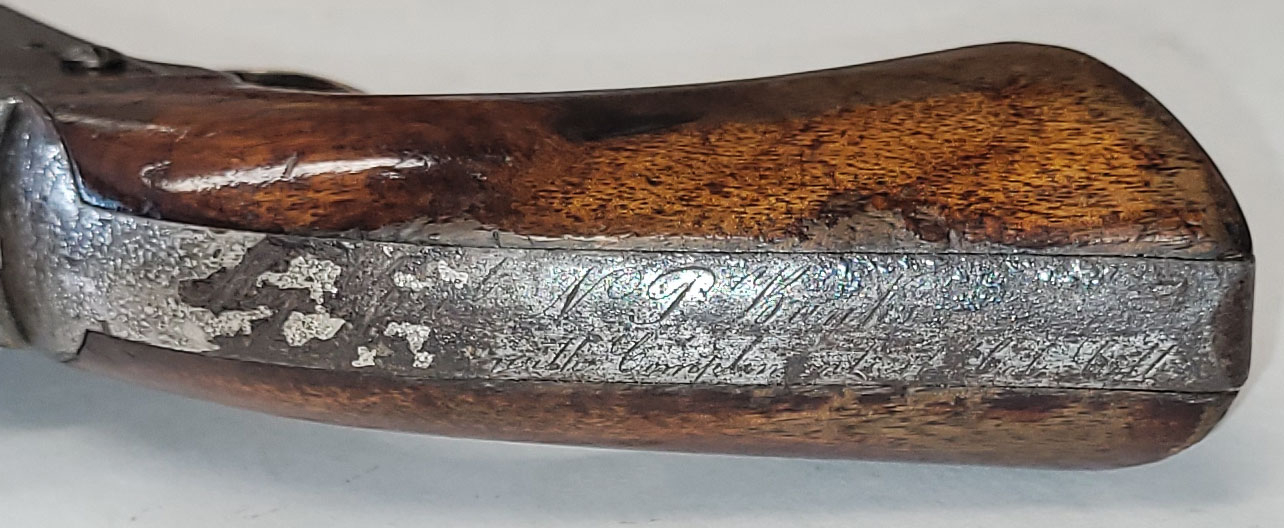
$65,000.00
Quantity Available: 1
Item Code: 1268-180
Shipping: Determined by Method & Location of buyer
To Order:
Call 717-334-0347,
Fax 717-334-5016, or E-mail
To say the pistols are National Treasures is an understatement. There is probably no more iconic revolver from the American Civil War era than the US Model 1860 Army revolver produced by the famous Colt Patent Firearms Company. The revolver was developed by Colt to provide a smaller, lighter, and more streamlined replacement for the .44 caliber “Dragoon” series of revolvers. The revolver essentially utilized the smaller Model 1851 “Navy” revolver frame, coupled with a slightly larger, iron backstrap, an 8-inch .44 caliber barrel and a rebated, six-chambered cylinder that allowed the .44 cylinder to fit on the .36 caliber frame. These Model 1860 Army revolvers being offered are two from among 4 selected to be cased by the inventor to present to Nathaniel P. Banks in September 1861. We will discuss the pistols in two parts: General Banks’ history and the presentation revolvers themselves.
GENERAL BANKS' HISTORY: To say Banks is famous today and in his own time is an understatement! Briefly Nathaniel P. Banks was a self-made man. As a child in his native Massachusetts, he worked in a cotton mill. After thriving financially, he entered politics. He served five different parties, at various times, becoming speaker of the Massachusetts legislature’s lower house, a U.S. Congressman, and governor.
His political connections and influence with Massachusetts voters got him the rank of major general of volunteers, beginning May 16, 1861, and command of a division. Very much liked by Lincoln he was placed in charge of the Department of the Shenandoah (July 25–August 17, 1861). His command was driven from Winchester, Virginia, by Confederate Lieutenant General Thomas J. “Stonewall” Jackson’s on May 25, 1862.
He and Jackson fought again at Cedar Mountain, Virginia, prior to the Second Battle of Bull Run. Banks came close to victory there, even routing Jackson’s renowned “Stonewall Brigade,” but the arrival of Confederate Major General A. P. Hill with the Light Division saved the day for the Confederates. Banks’ command sat out the Battle of Second Bull Run, guarding Bristoe Station. As Major General John Pope’s army retreated from its thrashing outside Manassas, Pope ordered Banks to destroy the trains and supplies, resulting in the loss of 148 railroad cars and five locomotives. Asked to raise volunteers from the New York–New England region, Banks displayed his true value to the Union cause and secured 30,000 new fighting men.
Sent to New Orleans in December 1862 to replace Major General Benjamin Butler in command of that city, Banks besieged the Mississippi River town of Port Hudson, Louisiana. The defense of Port Hudson was well prepared, and some 6,500 Confederates held off his 30,000 troops for 48 days. The town surrendered after learning Vicksburg, upriver, had fallen. Banks while in Louisiana had raised the Corps d’Afrique, a regiment of black troops and their attacks on Port Hudson marked the first use of black soldiers in a major battle during the war.
Between March and May of 1864, Banks embarked on the ill-fated Red River Campaign to capture Shreveport, Louisiana, where the Trans-Mississippi Department of the Confederacy had its headquarters, and to confiscate bales of cotton along the way. The campaign had been suggested and planned by the Union’s general in chief Henry Halleck, against the advice of both Banks and Major General Ulysses S. Grant.
Leading 20,000 mostly inexperienced troops from New Orleans, supplemented through the end of April by 15,000 on loan from Major General William T. Sherman and supported by riverine gunboats, Banks was thwarted time and again by significantly smaller Confederate forces. Blame for the failed campaign fell primarily on Banks, but he remained in the army until he mustered out on August 24, 1865. He then returned to the political career he loved and where he was more successful. For further reading: Nathaniel P. Banks - Wikipedia
THE REVOLVERS: These Colt Army revolvers of the early four screw in the frame type were originally cased with full accessories and with two additional guns. "They would be among the earliest revolvers Colt presented during the Civil War and just a few months before his death. Samuel Colt had long made it part of his business promotional campaigns to present fine revolvers to influential men. As early as April of 1861, Colt was personally lobbying the government for contracts and sales for the Union cause. He indicated his factory could supply 100,000 guns that year. Colt was actively working on expanding the armory's size and production capabilities. The presentation of cased Colts was thus likely calculated by Samuel Colt as part of a wider campaign to demonstrate his dedication to the Union and secure lucrative government contracts.
The presentation of the revolvers here offered was made in 1861 and are particularly significant in the history of Colt firearms. It is believed that roughly fifteen individuals, mostly high-ranking Union officers or government officials, received sets inscribed to them from Samuel Colt in 1861. In total, approximately sixty revolvers were given, many in four-gun, double cased sets. The other known recipients and what their positions were in or around November 1861 are as follows: Secretary of War Simon Cameron, General James Wolfe Ripley (Chief of Ordnance), General Randolph B. Marcy (McClellan's chief of staff and father-in-law), General Joseph K.F. Mansfield (commanded the Department of Washington), General Irvin McDowell (a division commander in the Army of the Potomac), General Ambrose E. Burnside (commander of the North Carolina Expeditionary Force), General Thomas W. Sherman (commander of the Port Royal Expedition), General Andrew Porter (provost marshal of the District of Columbia), General George B. McClellan (general-in-chief of all the Union armies), General Nathaniel P. Banks (then commander of the western district of Maryland), General Benjamin F. Butler (commander at Fort Monroe), General William Anderson Thornton (commander of multiple arsenals and also an inspector during the war), General Lorenzo Thomas (Adjutant General of the U.S. Army), and Edward S. Sanford of the American Telegraph Company (worked with the U.S. Military Telegraph Service/Corps). Each set whether 2 or 4 were inscribed with the individual's name followed by "with Compliments of Col Colt" on the back strap like this pair".
These 2 historic revolvers (2 of 4 originally in a walnut presentation box) are both inscribed "Maj. Gen. N. P. Banks with Compliments of Col. Colt" on the back straps. Both revolvers are identical in configuration and factory markings. Also, one should be aware that the pistols in these casings were not consecutively numbered or made within the same close date range.
1) Revolver #2119 is fine with the barrel having a smooth brown patina that obscures the original blue finish; never-the-less the surface is pleasing. The barrel is stamped on top: "ADDRESS SAML COLT HARTFORD CT". The rammer handle and pivot share this patina with the barrel. The frame has a gun metal gray patina that blends with the original casehardened colors. COLTS over PATENT is marked on the left side of the frame. Both this and the other pistol came from the factory with cylinders with rolled scenes (Serial Number Lookup - Colt's Manufacturing LLC). The cylinder retains mostly a blue-brown patina and shows about 70% of the rolled naval battle scene. The cylinder roll engraving on the 1860 Army features a scene from the Battle of Campeche executed by American engraver Waterman Ormsby. The engraving pays homage to Texas in their fight with the Mexican government for independence. During this particular battle, the Mexican Navy wielded two ironclad steamers, while the Texans were armed with a variety of wooden ships, led by Commodore Edwin Moore. All 6 safety pins are serviceable, and all 6 cones are in place. This cylinder's serial number does not match this revolver, rather it bears the serial #5520 (made 1861). The explanation for this is surely that Banks pulled this cylinder from gun 3 or 4 of his four-revolver presentation set. Why? Possibly because #2119 was damaged or just a mix-up that occurred when cleaning his weapons. The trigger guard and front strap retain 55% original silver. The iron backstrap and butt strap have a gunmetal gray patina with a smooth surface, but no silver plating remains. The one-piece grip is sound with good edges having medium and small nicks/dents and overall retains about 40% of its original varnish. On the right side at the bottom there is a triangular chip of wood missing about 1 inch long and 1/4 inch deep. The mechanics are tight. The bore is good with minor scattered pitting. The wedge matches. This revolver was made in 1861.
2) Revolver #1929 (made in late 1860) is in about identical condition to #2119.The iron back strap & butt strap have a gunmetal gray patina with some pitting and with about 20% of silver plating remaining. The trigger guard and front strap retain 55% original silver. Unlike #2119 the cylinder on #1929 is matched to the revolver. However, the wedge is numbered 5604 (made 1861) probably from the 4th revolver in the set. The grips show many abrasions from field use particularly on the butt end but are otherwise in good condition with 40% original factory varnish remaining. The weapon if fully functional.
These revolvers, formerly featured at Mr. Richey's Texas Civil War Museum, have a wonderful eye appeal. They exhibit genuine field use and no abuse. Where Major General Banks went, they went. These are remarkably important to our American history in general and the American Civil War in particular. [pe] [ph:L]
~~~~~~~~~~~~~~~~~~~~~~~~~~~~~~~~~~~
THIS ITEM, AS WITH ALL OTHER ITEMS AVAILABLE ON OUR WEB SITE,
MAY BE PURCHASED THROUGH OUR LAYAWAY PROGRAM.
CLICK HERE FOR OUR POLICIES AND TERMS.
THANK YOU!
Inquire About COLONEL SAMUEL COLT PRESENTATION REVOLVERS OF MAJOR GENERAL NATHANIEL P. BANKS
Most Popular
Historical Firearms Stolen From The National Civil War Museum In Harrisburg, Pa »
Theft From Gravesite Of Gen. John Reynolds »
Selection Of Unframed Prints By Don Troiani »
Fine Condition Brass Infantry Bugle Insignia »
British Imported, Confederate Used Bayonet »
Scarce New Model 1865 Sharps Still In Percussion Near Factory New »
featured item
VIRGINIA OFFICER’S BELT PLATE REMOVED FROM THE BODY OF COL. JAMES G. HODGES, 14th VIRGINIA, KILLED IN PICKETT’S CHARGE, WITH HIS COLONEL’S STARS- THE PLATE RETURNED TO HIS WIDOW IN 1903!
This historic group includes the Virginia Confederate officer’s sword belt plate removed from the body of Colonel James Gregory Hodges, 14th Virginia, Armistead’s brigade, killed at the stone wall near the 69th Pennsylvania monument and High… (846-563). Learn More »


